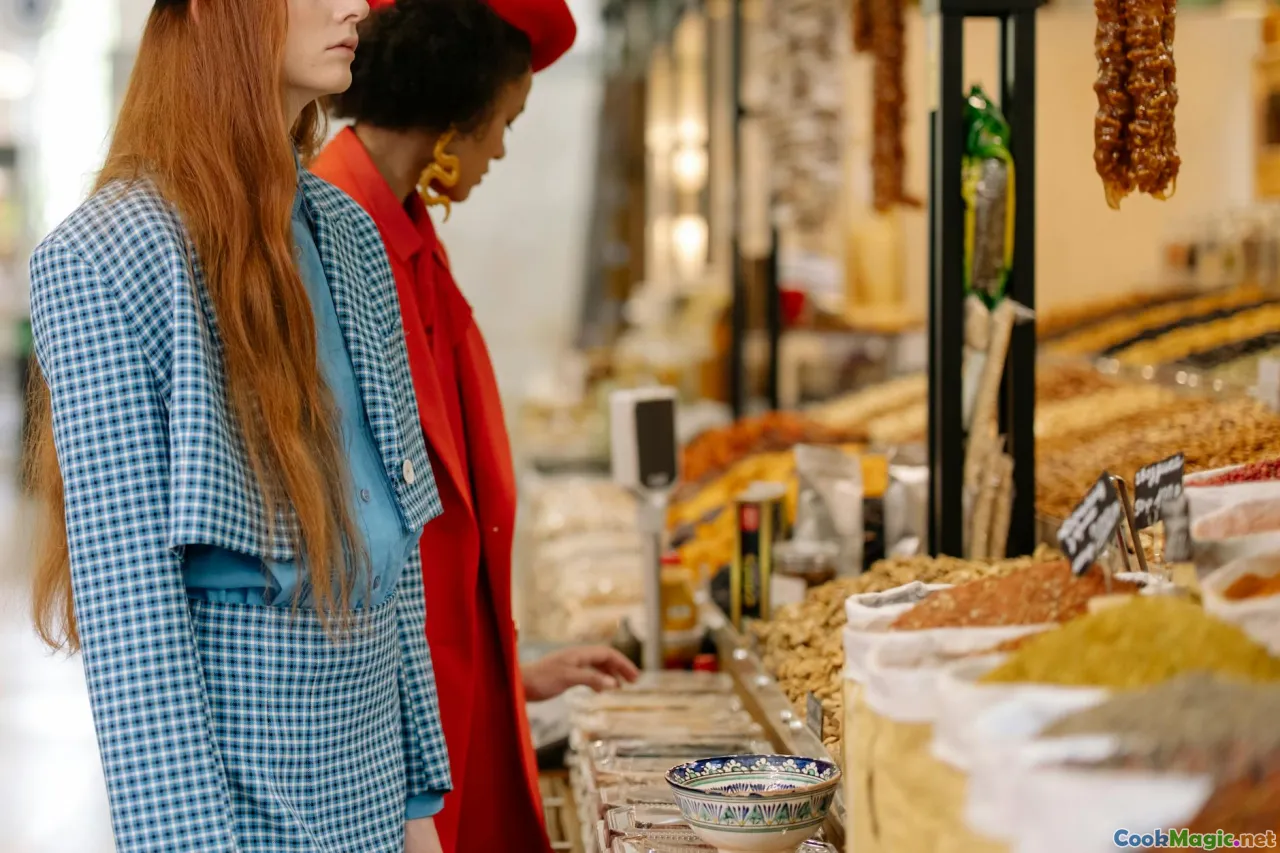Street Food Culture in Top Afro Caribbean Cities
8 min read Explore the vibrant street food scenes of top Afro Caribbean cities, revealing rich flavors, cultural stories, and culinary traditions that define their identity. April 23, 2025 04:00
Street Food Culture in Top Afro Caribbean Cities
Introduction: A Feast for the Senses
Imagine wandering through a bustling city at dusk, the air thick with the aroma of spices, sizzling meats, and sweet, fruity scents. Street food stalls line the streets like colorful jewels, each offering a tantalizing glimpse into the soul of the city. In the Afro Caribbean world, this vibrant street food culture is more than just a way to eat; it’s a living, breathing expression of history, identity, and community.
Did you know that some of the most iconic flavors of the Caribbean—jerk chicken, fried plantains, curried goat—found their roots in the street vendors who have kept these traditions alive across generations? These foods tell stories of resilience, migration, and cultural fusion. Today, we’ll embark on a flavorful journey through the top Afro Caribbean cities, exploring how their street food scenes have become cultural landmarks, social hubs, and culinary masterpieces.
The Cultural Roots of Afro Caribbean Street Food
A Melting Pot of Histories
The street food landscapes of Afro Caribbean cities are a mosaic of African, European, Indigenous, and Asian influences. Enslaved Africans brought their cooking techniques and flavors, which blended with colonial ingredients and indigenous herbs to create a unique culinary identity.
For instance, in Kingston, Jamaica, the spicy aroma of jerk seasoning reflects African marinating traditions combined with Caribbean ingredients like Scotch bonnet peppers and allspice. Meanwhile, in Port-au-Prince, Haiti, the street vendors serve up diri kole ak pwa—rice and beans—an African staple infused with local Haitian flavors.
The Social Fabric
Street food stalls are more than just eateries; they are social epicenters where communities gather, stories are exchanged, and cultural ties are strengthened. The act of sharing a hot, flavorful patty or a skewer of grilled fish fosters a sense of belonging and pride.
Exploring Afro Caribbean Cities and Their Street Food Scenes
Kingston, Jamaica: The Heartbeat of Jerk and More
The Iconic Jerk
Jamaica’s street food scene is synonymous with jerk—a spicy, smoky marinade applied to chicken, pork, or fish. Vendors like Scott's Pastry Shop and local roadside stalls serve up jerk that’s both fiery and tender, often accompanied by festival (cornmeal fritters) or fried dumplings.
Curried Delights and Fresh Fruits
Beyond jerk, Kingston’s streets burst with curried goat and fried plantains. Vendors expertly balance heat and sweetness, offering a sensory overload. Fresh tropical fruits like mango, pineapple, and guava are sliced and sold on every corner, adding a refreshing counterpoint.
Personal Reflection
Walking through Kingston’s streets, I remember the first time I tasted authentic jerk. The smoky aroma, the tender meat, and the fiery heat ignited a new appreciation for Caribbean culinary artistry. Each bite encapsulates generations of tradition.
Port-au-Prince, Haiti: Flavors of Resilience
The Piquant World of Haitian Street Food
In Port-au-Prince, street vendors serve up diri ak pwa—a hearty rice and beans dish seasoned with local spices and sometimes topped with fried plantains or salty codfish.
Patties and Fried Snacks
Beef, chicken, and vegetable patties are ubiquitous—golden, flaky pockets packed with spiced fillings. The aroma alone draws crowds, and each vendor’s recipe is a secret passed down through families.
Personal Connection
Haitian street food embodies resilience. During challenging times, these vendors keep traditions alive, offering comfort and continuity through their flavorful offerings.
Havana, Cuba: Afro-Spanish Fusion
The Magic of Ropa Vieja and Tostones
While Cuba might not be an Afro Caribbean city in the strictest sense, its street food reflects a rich Afro-Spanish fusion. Ropa vieja (shredded beef) and tostones (fried plantains) are staples, often sold from street carts.
Skewers and Seafood
In Havana, skewered grilled meats and seafood like conch or lobster are sold alongside sweet tamarind drinks, creating a sensory mosaic of flavors.
Personal Insight
Havana’s street markets are alive with rhythm and flavor, reminding me of the enduring African influences woven into Cuban life.
The Techniques Behind the Flavors
Marinating and Seasoning
In Afro Caribbean street food, marinades often include allspice, Scotch bonnet peppers, garlic, and herbs. These infuse meats with depth and heat.
Grilling and Frying
Open-flame grilling imparts smoky richness, while frying—whether for patties, plantains, or fritters—adds crunch and warmth.
Use of Local Ingredients
From fresh seafood to tropical fruits and root vegetables, the use of indigenous ingredients ensures authenticity and freshness.
Challenges and Preservation
Modernization and Tourism
As these cities grow increasingly popular among tourists, street food vendors face challenges balancing authenticity with commercialization. However, many vendors remain true to traditional recipes, viewing their food as cultural heritage.
Cultural Preservation
Efforts are underway in many cities to preserve street food traditions through festivals, culinary tours, and local initiatives. These not only sustain local economies but also educate visitors about the deep-rooted histories.
Personal Reflections and Final Thoughts
Walking through the lively streets of Afro Caribbean cities, I am constantly reminded that food is more than sustenance; it is a narrative of resilience, identity, and community. Each vendor’s stall is a testament to centuries of history, ingenuity, and passion.
Whether it’s the fiery jerk chicken of Kingston, the savory patties of Port-au-Prince, or the sweet plantains in Havana, these street foods invite us into a world where flavor and culture collide to create unforgettable experiences. So next time you find yourself wandering in an Afro Caribbean city—pause, indulge, and let your senses tell the story.
In conclusion, the street food culture of these vibrant cities offers an immersive journey into the heart of Afro Caribbean heritage. It’s a celebration of flavors, traditions, and community bonds that continue to thrive despite modern challenges. Embrace the chaos, the aromas, and the stories—because in every bite, there’s a piece of history waiting to be discovered.









